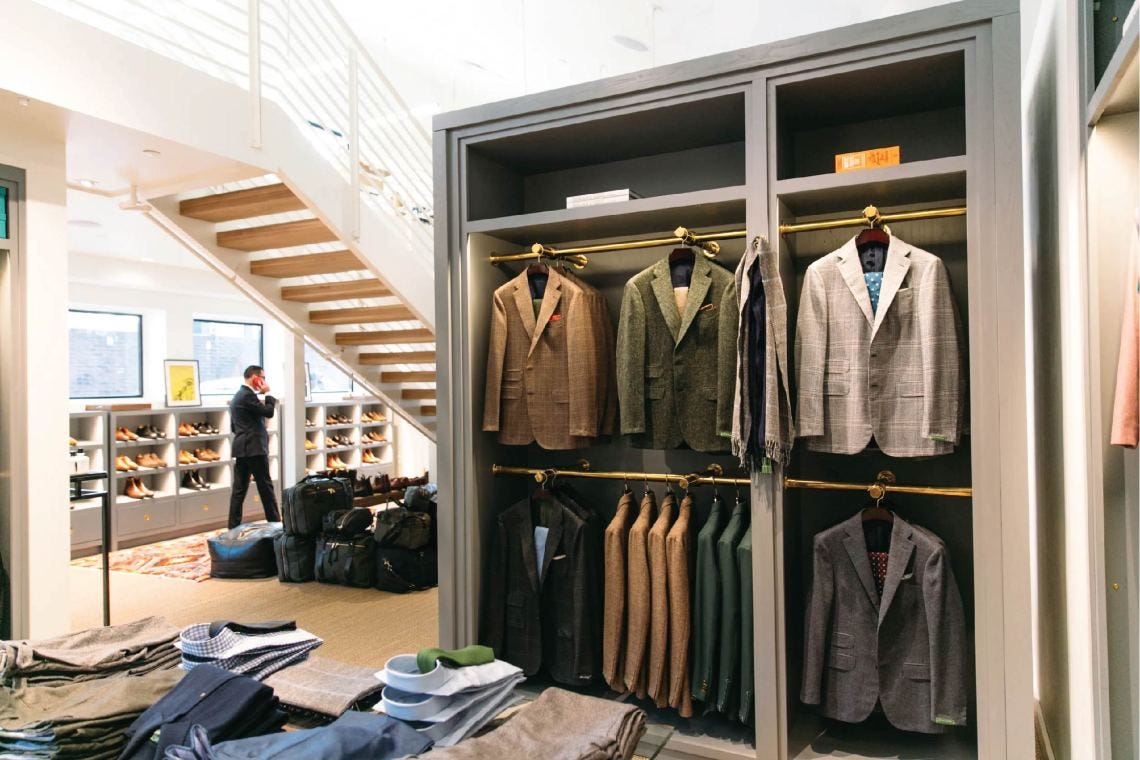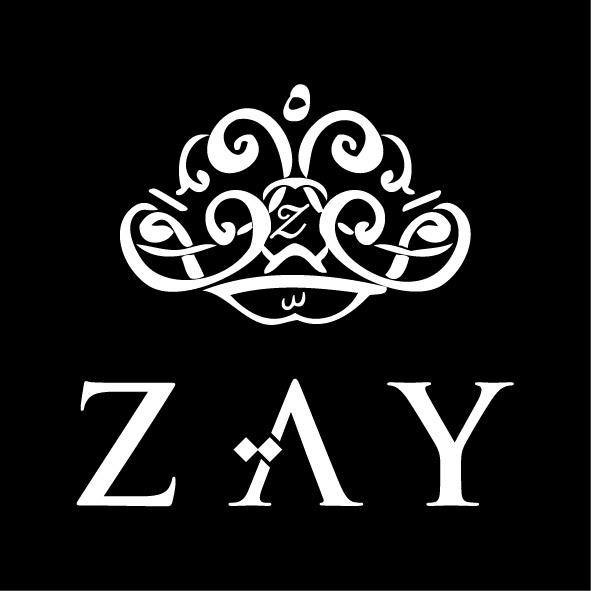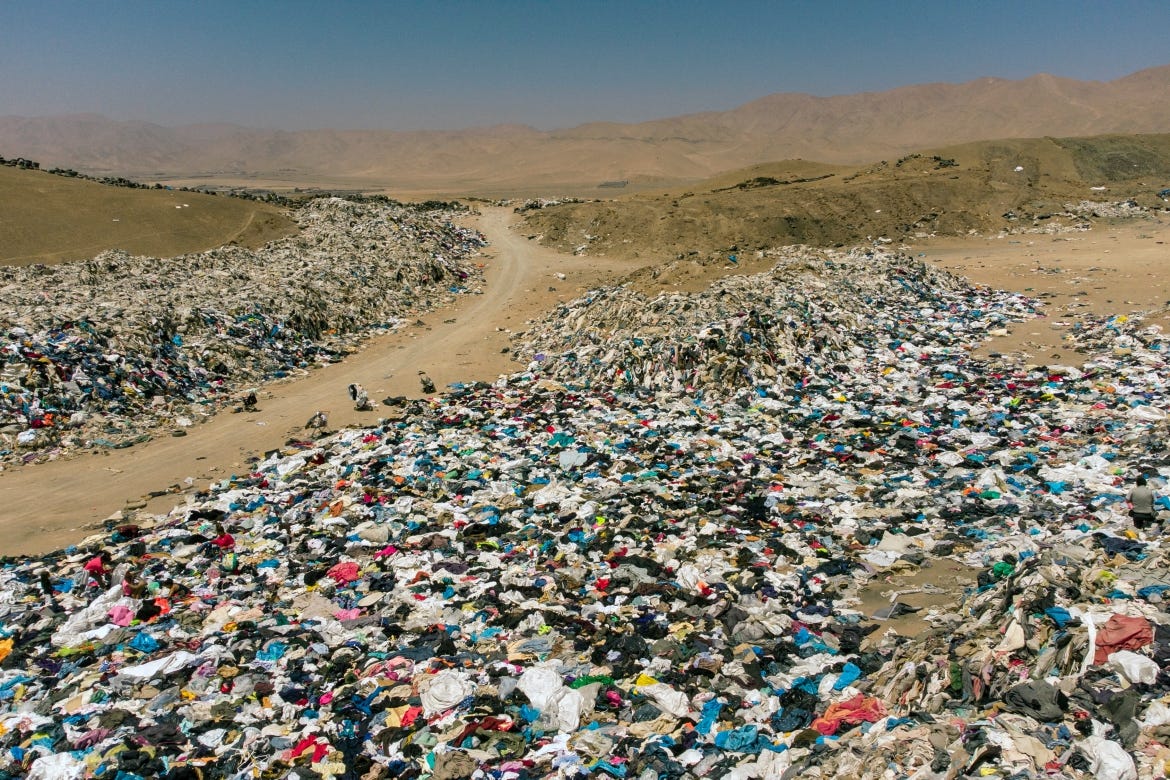Hello readers! For publicly listed companies on the Amman Stock Exchange, I decided to change the style a little bit. These “equity research report” style newsletters will be divided into 3 sections: overview of the company, rating of their financials, and a “If I were CEO”1 section where the reader could also participate in with their recommendations. Let’s go.
Overview
I first wrote about the clothing sector last year, covering JERASH holding ($JRSH) and how the textile industry dominates the export market. One year later and “Clothes” are still Jordan’s highest exported commodity, despite the skyrocketing prices of fertiliser.

Unlike the fertiliser industry, the clothing sector is not really a Jordanian export when the workers are foreign and the raw material is imported.
It’s “Made in Jordan” with the sweat and tears of mostly East Asian workers. It still baffles me that it is cheaper to fly foreign workers over, pay for their work permits and housing than to higher local Jordanians! (Or am I missing a piece in this equation?)
This is not the case for El Zay Ready Made (ticker: ELZA) and its sister company Jordan Worsted Mills (ticker: JOWM and which I’ll cover later on) who pride themselves in hiring mostly local.
Let’s dive in:
Financial Profile
Who is Zay?
Amman Stock Exchange ticker: ELZA (OTC Market)
Current share price (24/11/22): 0.42 JOD
Employees: 1087 (40% foreign)
Major Shareholders: Muasher family sister companies 55%, Jordanian Army 25% (new)
Past Performance:
Steady sailing for the last 10 years (-1.5%) with a dip of 41% from 2014-2017
However it is the accumulated losses that decimated shareholder equity (retained earnings), which prompted them to raise fresh capital this year and restructure (with a strategic partnership with its sister company JOWM, the main provider of military uniforms to the 🇯🇴 army):
Main customers: 71% of sales are exports. 60% reliance on 2 main customers in North America 🇺🇸🇨🇦
Key takeaway: Despite a bad decade, new fresh blood seem to have entered the company (in terms of personnel and cash) with a positive outlook and long term contracts.
Rating (à la Clint Eastwood): GOOD 🟢
side note: company should work on improving state of its balance sheet (maybe change auditors) and ensure full transparency when it comes to its bank loans with Ahli Bank, esp. in relation to art. 462, as the banks do with hotels3
If I were CEO
Mergers & Acquisitions:
The old saying goes “if you can’t fight them, join them”. I look at it the other way around. El Zay should first lend its hand to small businesses and help them by acquiring them or partnering with them.(Seeing an increase in M&A activity would be encouraging for future entrepreneurs as this would give them a good signal that the market is growing and exits are possible.)
El Zay should acquire some small shops that benefit their overall brand and integrate them in their product line. If these small entities refuse, then El Zay has the green light to fight them and compete with them to the death.
Some products/companies that could benefit the line-up:
-Leather shoes 👞 (Kopty is one of the last one surviving in Jordan. MenGloria is another example but it is not manufacturing locally AFAIK)-Ties and belts 👔 (962tie is doing good quality among many others)
-Shaving soaps 🪒
-Underwear (Samah manufactures a few items locally)
-other accessories (wallets, cigars, perfume etc.)Market opportunities (EU & GCC)
-Over reliance of the clothing sector to the US FTA (https://www.elzay-jo.com/clients), especially when the world is entering a global recession.
Solution: Expand sales to the EU 🇪🇺 and Gulf states. Jordan has something close to an FTA with Europe (rules of origin).
-Push for local market: from a purely demographics perspective, you have 4.6 million people under the age of 194. Half are men. 350,000 will soon be 18 and would want to buy their first suit, for graduation or a cousin’s wedding (or god forbid a relative’s funeral). The market opportunity for Zay is huge in Jordan alone.
Branding:
I’m sure very few people have heard of El-Zay, but maybe have seen one of its shops “ZAY” around Amman. First and foremost, the company needs to fix its website (despite a recent refresh) and have all its items listed with prices (in my personal opinion, a company that shows their prices on their website are confident of the products they are selling).
Start a marketing campaign defining the “Jordanian Gentleman” and how he should dress up. Zay should embody these traits (smooth, suave, elegant). Have a certain brand style that reflects elegance that all men want to aspire to.They should follow up by opening retail stores all around the country, in every city in the country then later expand/franchise outside.
Headwinds:
Customers are moving away from fast fashion and are becoming more aware of “planned obsolescence” in the industry and its waste. There is a growing trend of bespoke and artisanal fashion; moving away from the rapid, one-size-fits-all and cheap manufactured mentality. Good fashion is proving to be timeless and not something you change on a yearly basis.Bespoke tailor made suits last longer and are taken care of instead of thrown away. They cost more but could last a life time. What’s more, this new trend of old fashion creates indirect jobs around it with dry cleaners, tailors fixing, etc.
I hope this trend catches on and continues to grow.
Next up on the clothing sector, we will look at how CJC went bankrupt and how Jordan Worsted Mills lost a government contract then got it back later.
If you have any comments, would like to add or correct anything, please feel free to do so here:
“If I were CEO” is a segment inspired by this Harvard Business Review article: https://hbr.org/2020/01/why-aspiring-ceos-should-consider-acquisition-entrepreneurship
https://www.sdc.com.jo/arabic/index.php?option=com_content&task=view&id=478
http://dosweb.dos.gov.jo/databank/yearbook/YearBook_2021/Population.pdf











